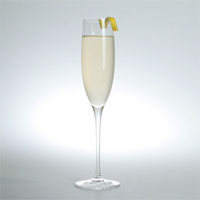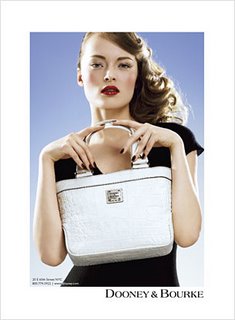The Fab Four's Noble Truths
On the fortieth anniversary of the Beatles' Revolver, Sean Murphy reflects on a generation's sonic introduction to Eastern thought
By Sean Murphy
I WAS IN COLLEGE in the 1970s, already a diehard Beatles fan, when I first heard rumors of what seemed impossible: a Beatles album that was even better than the White Album or Abbey Road—a record that, although successful when released in the 1960s, had been eclipsed by the band’s subsequent achievements and never received its rightful due. I ordered mine from England to be sure of getting the correct version—and before I knew it, I ended up like countless others before me, sitting in a darkened room, listening over and over to “Tomorrow Never Knows,” and trying to figure out how to meditate.
The year 2006 marks the fortieth anniversary of that album: Revolver—the first presentation of the Beatles’ fascination with Eastern mysticism and its possibilities for the Western mind. Eastern philosophy had been popular in certain circles since the 1950s, but it wasn’t until the mid-60s that it began to break into the mainstream, triggered in part by Revolver’s intimations of “another road where maybe I could see another kind of mind there.”
Although it was long overshadowed by the following year’s Sgt. Pepper’s Lonely Hearts Club Band, many listeners regard Revolver as the deeper, more serious album. Compared with the highly ornamented, self-conscious Pepper, Revolver seems down to earth, gritty, real—yet it already displays many of the innovations for which Sgt. Pepper would later be acclaimed. It has arguably aged better than its flashier sibling; and in two major end-of-the-century surveys, by Virgin Records and VH1, it surpassed Pepper as the greatest album of all time.
Released August 5, 1966, Revolver introduced an entirely new sonic palette to rock ’n’ roll, exploding then-current notions of what pop music was and could be. Notable were the first of George Harrison’s raga-influenced sitar compositions—which some observers point to as the birth of “World Music”—as well as backward guitar solos, tape loops, psychedelic sound effects, and other innovations that would change recording forever. As the Beatles’ first album-length attempt to deal with subject matter beyond romantic love, Revolver can also be regarded as their first “concept” album because of the network of closely linked themes that run through it. (Lennon later denied that Revolver was a concept album, but he said the same thing about 1967’s Sgt. Pepper!)
Revolver stands as perhaps the most pivotal recording in the Beatles’ career, marking their transition from teenage heartthrobs to social commentators, visionaries, and spokesmen of a generation. The album also ended the era of Beatles songs that could be reproduced in concert, signaling the entry into their “Studio Period,” where their creations would become dependent on the use of sophisticated production techniques. After 1966 they would never tour as a group again.
How could it be that the same band that had won worldwide fame in 1963 for singing “She loves you, yeah, yeah, yeah” could have produced such a musically sophisticated, acclaimed masterpiece as Revolver a mere three years later?
As it turned out, they had a little help from their friends. Bob Dylan turned the Beatles on to marijuana in 1964, and shortly thereafter Lennon and Harrison were slipped LSD without their knowledge at a dinner party. Both found the experience terrifying, but saw enough potential to merit further experimentation.
“Soon,” Lennon told Rolling Stone in 1971, “I was popping it all the time.” Motivated by these experiences, Lennon became interested in Buddhism, particularly Timothy Leary’s adaptation of the Tibetan Book of the Dead. Retitled The Psychedelic Experience, Leary’s interpretation presented the Tibetan text’s death references as pointing to death of ego—in other words, enlightenment (in Leary’s view, a condition achievable through the shortcut of LSD).
“What I’m interested in is Nirvana, the Buddhist heaven,” Lennon reported in an interview shortly after Revolver’s release. Harrison, who had meanwhile become deeply involved with Hinduism, later said that “until LSD, I never realized that there was anything beyond this state of consciousness. . . . There was no way back to what I was before.”
Lennon later claimed to have taken a thousand trips in an attempt to extinguish his ego. The drugs first opened his mind, and then, by his own account, clouded it—but Revolver came at the height of the expansive phase, when anything seemed possible. McCartney and Starr were soon to follow in their bandmates’ psychedelic footsteps; but despite the pharmacological influence, the Beatles’ quest was real, and they explored it not only through drugs but also through study, meditation, and yoga. McCartney even built a “contemplation dome” in his backyard.








